How To Start a Mobile Medical Clinic
A mobile clinic is a customized vehicle that can bring reactive or preventative healthcare directly to the people where they live and work. These...
3 min read
Craftsmen Industries Jul 27, 2022 2:30:00 PM
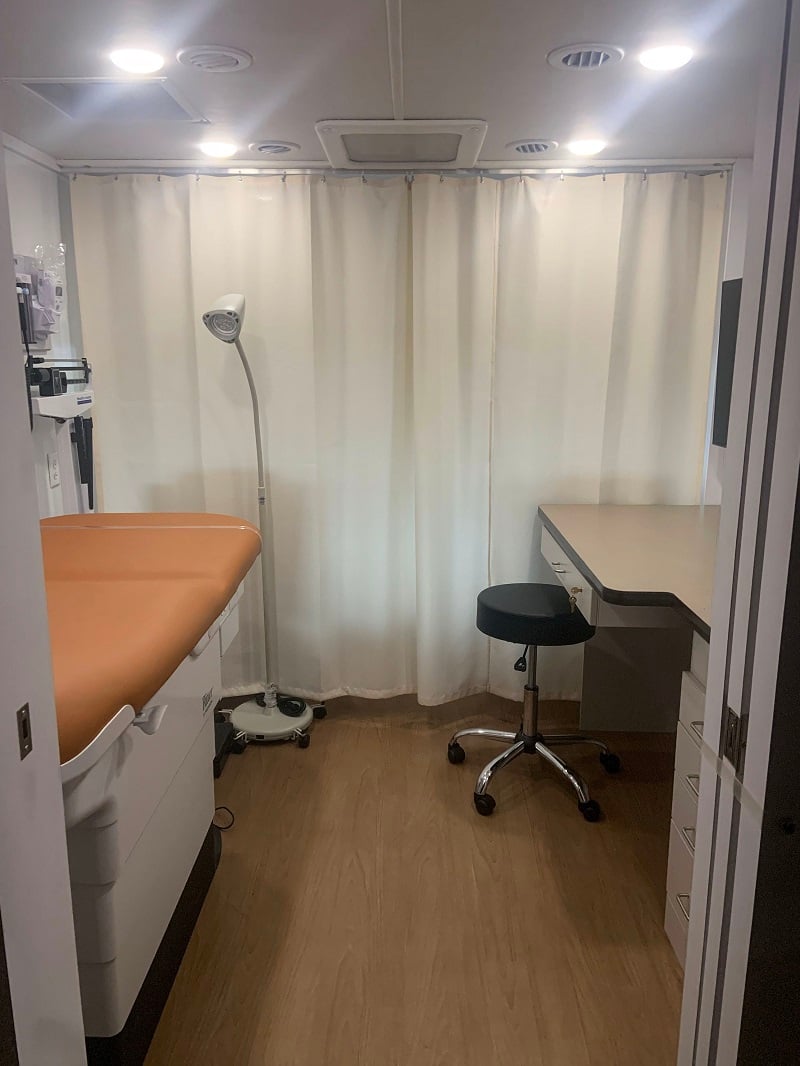
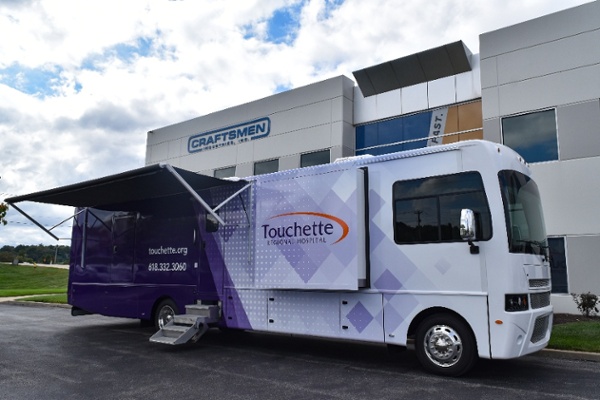
Mobile medical vehicles fill gaps in healthcare in the United States and many places throughout the world. Medical vehicles are typically large coaches or trucks with interiors designed to treat, test, or screen for common health risks in a community. Some standard medical vehicles deliver:
Of these, almost half of medical vehicles offer some form of preventative screening, while 30% offer dental care, as cited in the International Journal for Equity in Health.
Mobile medical vehicles positively impact the communities in which they operate. More accessible screenings mean fewer people end up with terminal diagnoses down the road, and routine dental care can address health concerns as they crop up. Although it is difficult to quantify their impact on quality of life, some medical vehicles certainly make a huge difference. Here are some ideas on how to best introduce a mobile medical vehicle into your community.
Providers design medical vehicles to deal with a specific health concern, whether it’s cancer screening or blood tests. The framework for most medical vehicles is quite similar, but you can’t make a medical vehicle into a full-blown hospital. So when designing and running a medical vehicle, how do you decide what kind of healthcare it should administer?
The best way to tackle this question is to research the current state of the healthcare market in a community and then launch a medical vehicle designed to accomplishing one of the following:
Rural hospitals are often not large enough to provide all the different departments a larger hospital would host. Mobile medical vehicles can make a big difference in a community when they provide otherwise unavailable care.
While primary care providers and pharmacies may be plentiful, there may be other areas in which patients have few options. For example, mental health treatment is often under-resourced. A mobile medical vehicle that focuses on helping people who struggle with these health concerns can make a more significant difference than boosting an area with plenty of resources already allocated.
Under-resourced departments often change based on current events. For example, during the height of the COVID-19 pandemic, a mobile medical vehicle with respirators or a testing station would have been in the highest demand.
While some treatments and screenings are readily available, they still are not very accessible to the general public. For example, most brick-and-mortar health care institutions offer breast and colon cancer screenings. However, because a primary care center focuses on so many other areas, patients either feel intimidated or don’t know who to ask to receive a screening exam. Mobile medical vehicles bring this side of healthcare into plain sight, making it easy for everyone to access.
After doing the research and deciding on an area of health care to prop up with a medical vehicle, you’ll be well on your way to making a significant impact for good in a community. From there, maintaining a flexible attitude regarding your role and what you provide can further increase your positive effect on a population.
Blood drives are great to run any time of the year, but when fall rolls around, your medical vehicle might be more beneficial repurposed as a temporary flu shot clinic. The worldwide pandemic proved that some health emergencies require all hands on deck. How can you equip your medical vehicle to be more flexible and multi-purposed?
One easy way to increase the usefulness of a mobile medical vehicle is by having an AED, comprehensive first aid equipment, and emergency supplies on board. These come in handy in the case of an emergency or natural disaster.
Once you are well-equipped and prepared, effective campaigning is the next best way to increase your impact in a community. You’ll only be able to help people if they know about the medical vehicle, its location, and what it offers. There are many tools for campaigning efforts, including:
Vehicle Wraps: Applying a custom vinyl wrap to your medical vehicle makes the setup more approachable and advertises the healthcare you offer to anyone in the neighborhood.
Teardrop Banner Flags - These custom vinyl graphics indicate an event happening nearby and catch attention. They help direct people toward a mobile medical vehicle.
Word of Mouth - One of the most tried and true methods of spreading awareness and motivating action is recommendations from other people.
Flyers: Similar to word of mouth, flyers that can be left in mailboxes or on doorsteps are a great way to get your name out there.
Providing the dates and hours of operation is also very helpful for residents. Making a big deal about “the limited time offer” of your mobile medical vehicle before moving to a new location is essential to building campaign momentum.
Providing mobile healthcare, often at a discounted price, is an exceptional mission many medical vehicles accomplish throughout the country. Researching what a community lacks, how you can make your vehicle flexible in what it offers, and campaigning to raise awareness and motivate people to use the health care provided are three ways to maximize your impact at the local level.
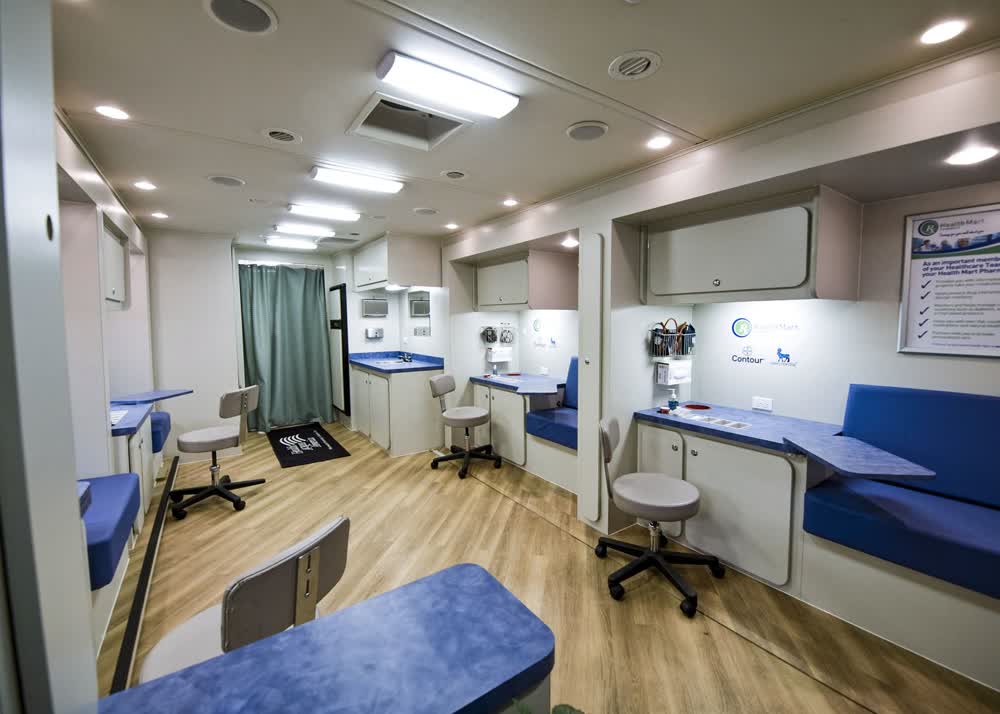
A mobile clinic is a customized vehicle that can bring reactive or preventative healthcare directly to the people where they live and work. These...
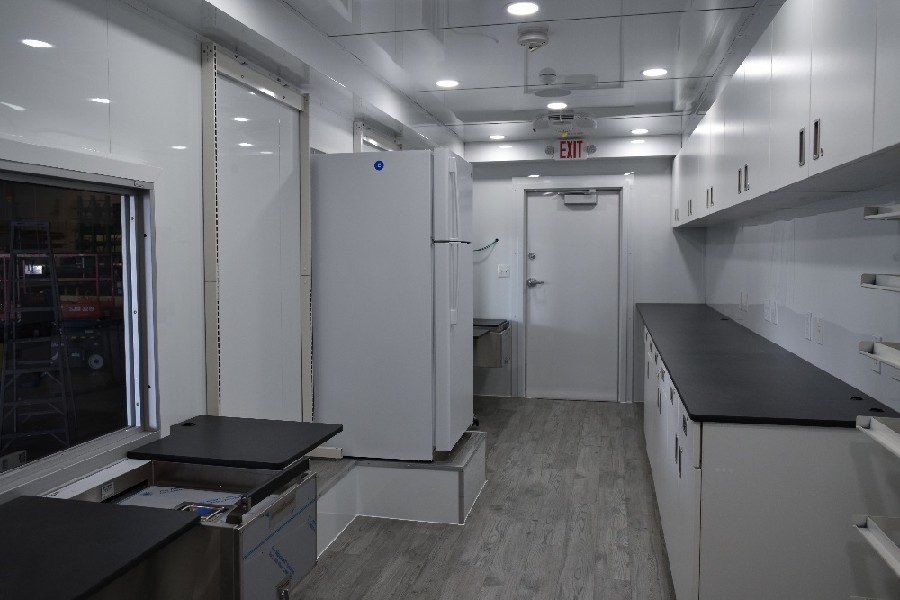
Mobile medical coaches are highly complex vehicles designed to bring healthcare services to underserved communities and reach adults and children...
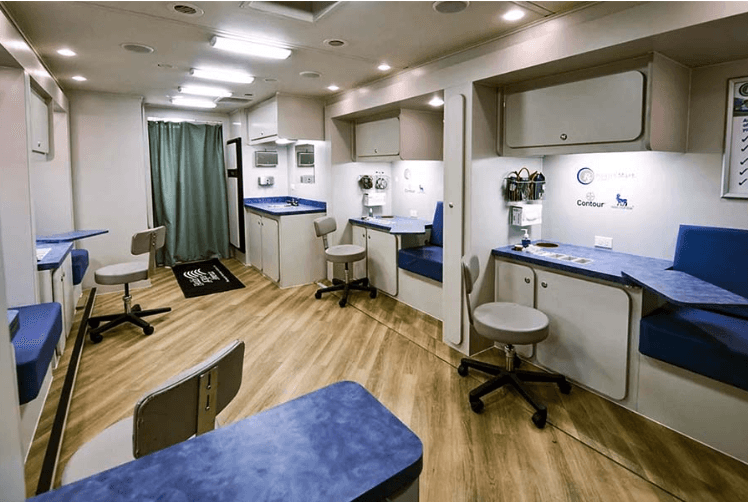
Innovations in healthcare delivery have led to the emergence of mobile medical vehicles, often serving underserved communities and remote areas....